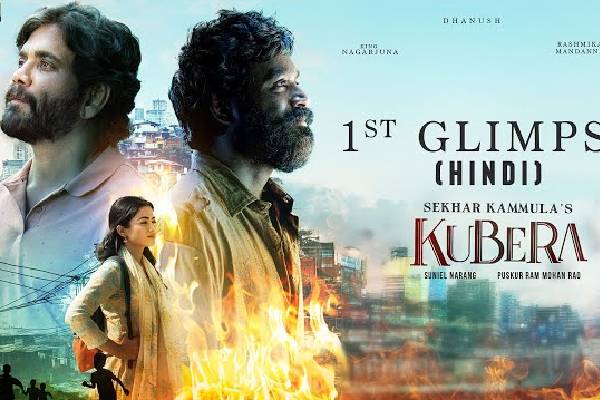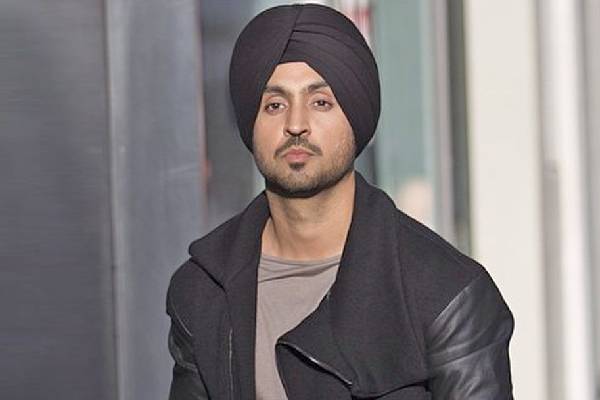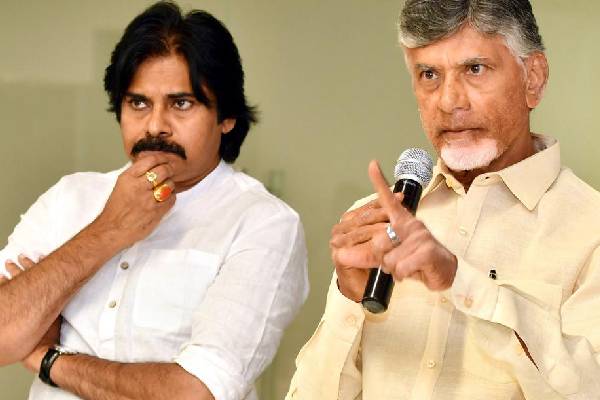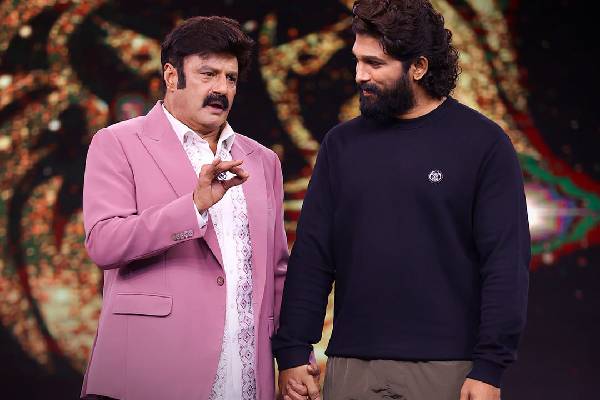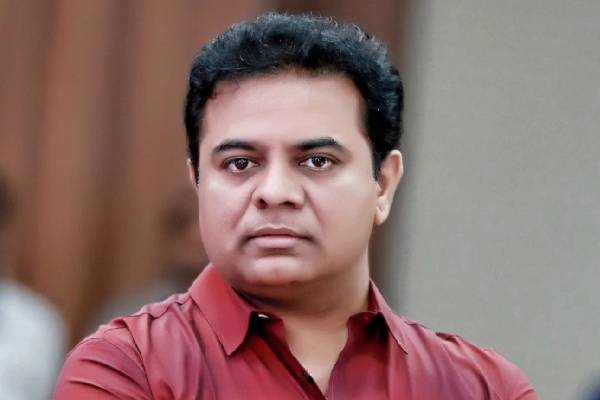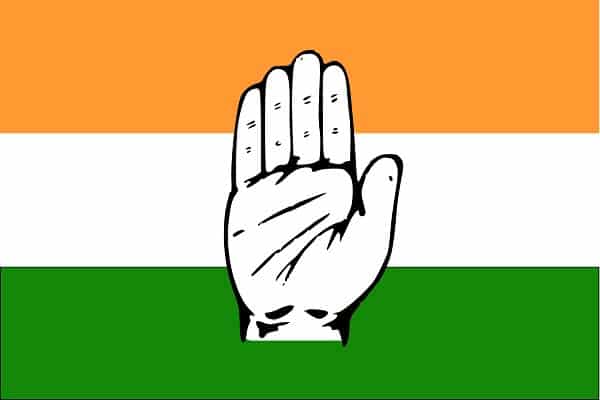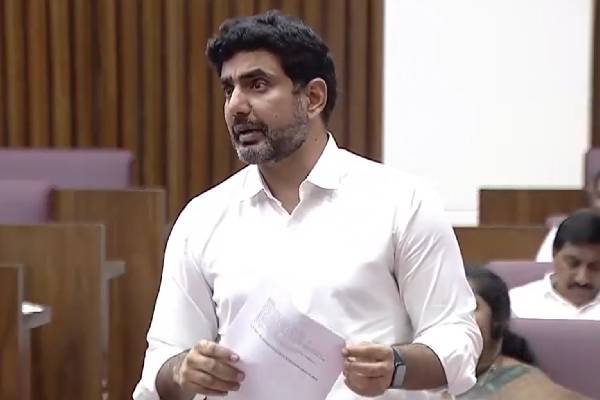The recently held general election was different from any other held in India in the sense that for this election, the ruling party as well as the opposition were in serious election mode for almost four years before it was held. On the ruling party side, the BJP knew well that its 2014 victory was more a mandate against the incumbent UPA government, and this factor would not be there in 2019.
So, from 2014 itself, it was preparing for the 2019 election. On the other side, the Congress party, which had its worst-ever performance in 2014, knew that the sentiment in the country was against it, and it had to fix many a thing to be able to pose a challenge to the BJP in 2019.
It must be noted here that till 2019, the Congress was never out of power for two complete consecutive terms, and this had ensured that no non-Congress party or alliance got to establish itself as a serious option in national politics. The message which the Congress party always passed on was that it was the Congress party alone which could govern the country.
In 2019, the Congress didn’t want to lose this psychological supremacy in Indian democracy. And for that it was willing to share power with or support regional parties for the 2019 general election. There was similar realization by regional parties as well, who were worried about losing political ground to the BJP in their respective states. Therefore “Modi Hatao” became the common single point agenda for the whole opposition and the same was the uniting force for the opposition parties.
With such clarity on both the sides’, years before the general election, it was expected to be one of the closest contests in India’s parliamentary history, but the results say it was actually one sided. So, where did the grand old party fail in its strategy? Let’s look back and try to understand it.
In the 2014 general election, Narendra Modi had emerged as the most popular leader in the country, and his popularity had stayed intact later on. Very soon it was clear that the BJP would contest the next general election in the name of Narendra Modi and would push for a scenario where the election would be centred on him. So, it’s important to understand what the major political credentials were for Narendra Modi — it was his image of an honest and a Hindu nationalist leader.
Sensing the BJP’s strategy, the Congress party decided to attack Narendra Modi on these two credentials, and its strategy was centred on this. If we look at the statements of Congress President Rahul Gandhi in the last two years, it will be evident that the Congress had a strategy to target the honest image of Narendra Modi by alleging corruption charges against him, and adopt a soft Hindutva policy to minimize the impact of his Hindu Nationalist image.
Gandhi levelled multiple corruption charges against Narendra Modi ranging from the Vijay Mallya and Nirav Modi fraud cases to demonetization and the Rafale deal. As the 2019 general election approached, the Congress party sharpened its attack on Narendra Modi and it got more and more personal. Gandhi coined the slogan “Chowkidar Chor Hai” and voiced it in every election rally. On the other hand, he made it a point to visit temples wherever he went for rallies as per the Congress party’s soft Hindutva policy.
Over time, the “Chowkidar Chor Hai” campaign got bitter and personal, but it could not create the impact the Congress party had expected. Rather the “Main Bhi Chowkidar” campaign launched by the BJP to counter it, became a bigger success, and this explains that the crucial strategy of the Congress party to attack the honest image of Narendra Modi failed to work, in fact the personal attacks created sympathy for Modi.
Just before the election, the Indian Air force conducted air strikes across the border to avenge the terrorist attack in Pulwama. This was a last minute change in the political scenario in the country, and the Congress which had been working on the strategy to minimize the impact of Hindu nationalist image of Narendra Modi, got little uneasy with this changed scenario and was quick to question the authenticity of the strikes. This was not taken well by the voters, rather it backfired for the Congress.
The soft Hindutva policy adopted by the Congress party was also attributed to the BJP – the BJP made it a point to tell the country that it was the BJP which forced the Congress and other opposition party leaders to show respect for Hinduism and its traditions. Overall, it looked like the Congress party fell into the trap of Amit Shah and fought the 2019 general election the way Shah wanted it to. Generally, the general election was centred on Narendra Modi and Hindu nationalism. This pulled the electoral battle to the BJP’s home turf. Obviously, the BJP dominated on its home turf, and the Congress party failed in its strategy and performed badly in the election.
So, is it that the Narendra Modi government has done everything good and the opposition had nothing to corner the government on? Not really. In fact, the Narendra Modi government didn’t come up to the expectations of the common man on many fronts, but it ensured that the message went out to the common man that this government was sensitive to the concerns and issues of the common man and worked for the pride of the nation, and this helped it minimize the anti-incumbency against the government.
The Congress party tried to counter the BJP on the issues where the BJP was inherently strong, and here it fell into a trap. It should rather have picked issues which had affected the common man and the incumbent government had failed to address those issues.
Unemployment was one such major issue, as per a government report, the unemployment rate in 2017-18 was 6.1 per cent, which is the highest in the last 45 years. Most affected by this was the middle class which has been the backbone of the BJP. We must remember that it was one of the major issues which had caused the incumbent BJP governments to lose the November 2018 assembly elections held in Madhya Pradesh, Chhattisgarh and Rajasthan. But it looks like, the Congress party failed to understand the gravity of this issue.
Another major issue was rural distress and farmers’ plight. The Narendra Modi government had taken some initiatives to address the concerns of rural India, but overall it didn’t help improve the situation. There were many agitations by farmers all over India, but the Congress party failed to lead this discontent and turn it into a national movement.
One other issue of concern was the growing feeling in the country, especially among the minorities, that under the Narendra Modi regime intolerance in the country had increased. There were several cases of mob lynching. Though Narendra Modi condemned such incidents, it was clearly not enough to discourage such elements.
Had the Congress party picked up the issues of real concern to the common man – unemployment, rural distress and increased intolerance, and had led the agitations from the front, it could have turned them into a nationwide movement and created an environment against the incumbent government. But, the Congress failed to pick the right issues and devise effective strategy to counter the Narendra Modi government.
Now that the 2019 general election is over, the Congress party is once again at the very same point where it was after losing the 2014 general election. At this point of time, it looks like it is in serious reality check mode. Provided it takes lessons from its mistakes for 2019, and returns afresh with a positive mindset for 2024, picks issues which are relevant, speaks up for the common man, plays the role of a constructive opposition in Parliament and leads the common man on such issues outside Parliament, it will not only help the Congress party re-establish itself, but will be a positive sign for the parliamentary democracy in the country.





















